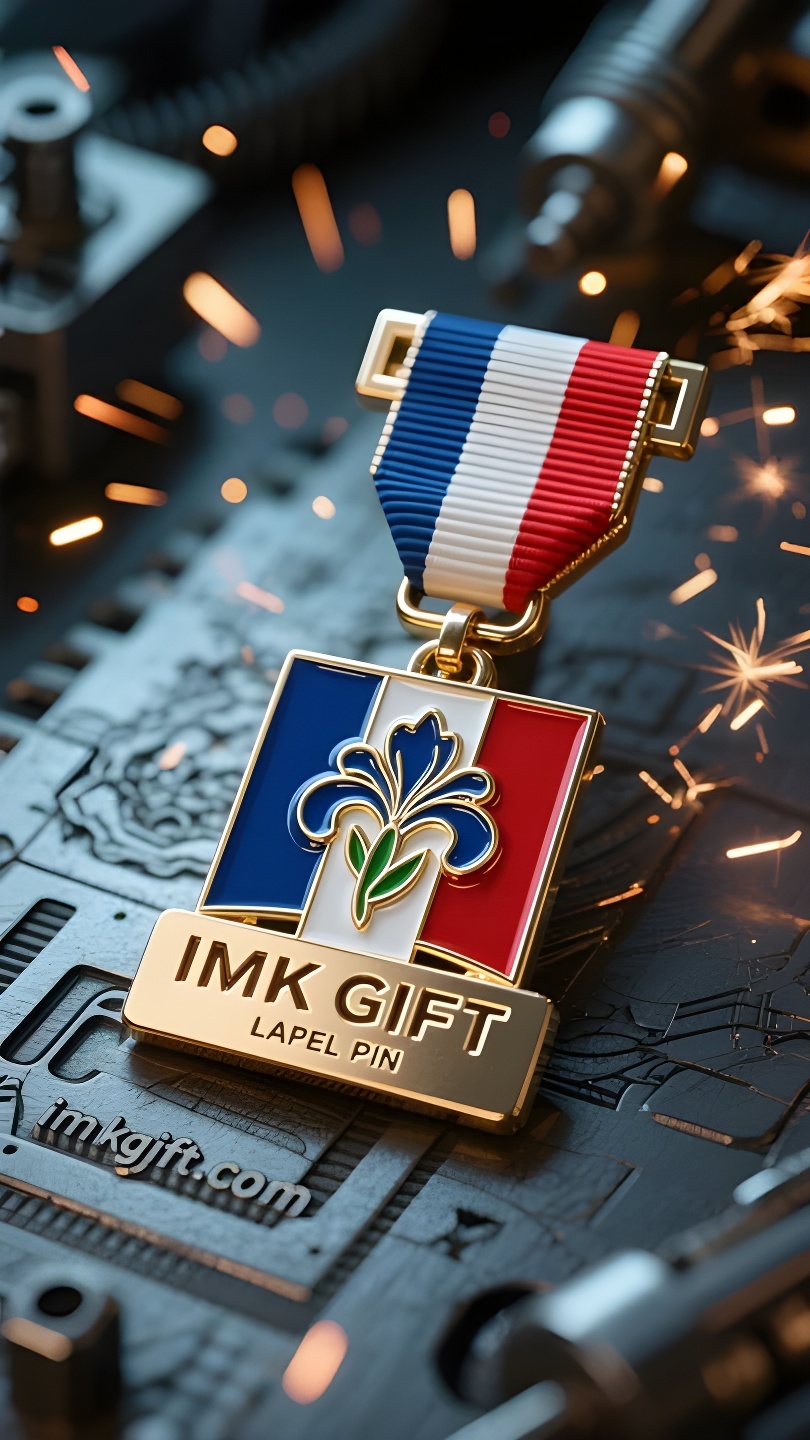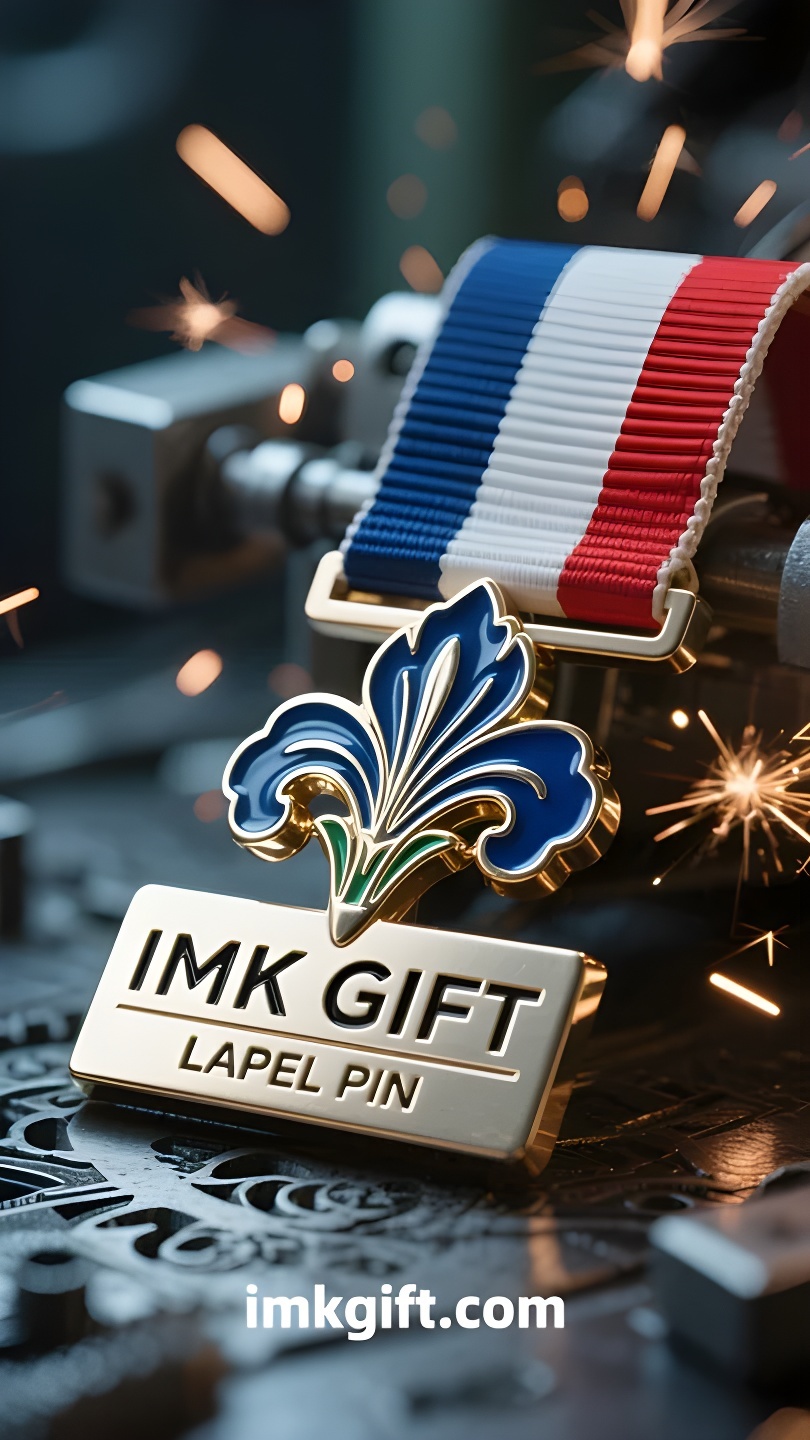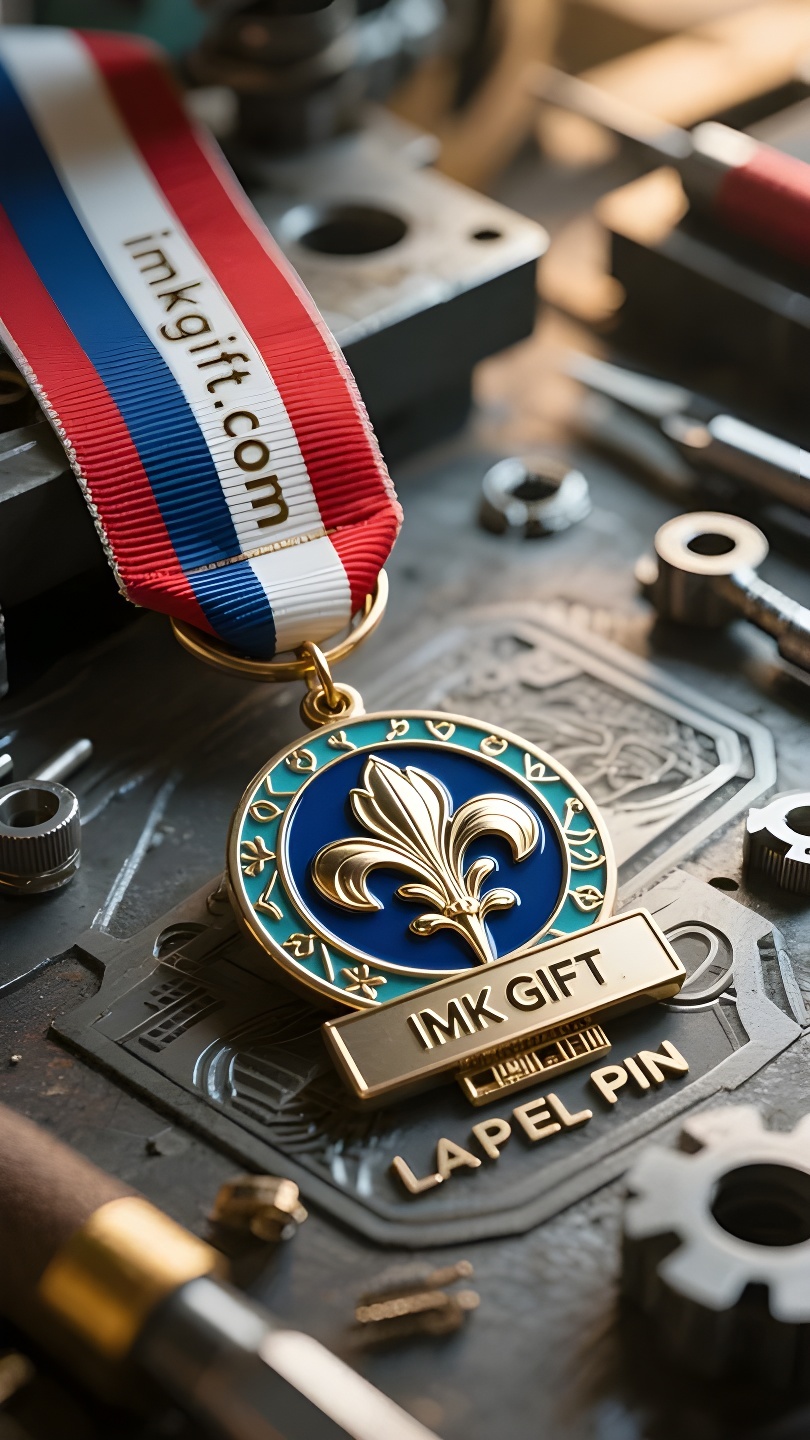in993-La-gloire-du-bleu-du-blanc-et-du-rouge
▼
Dans les rues de Paris en juillet, les drapeaux bleu, blanc et rouge flottent au vent, comme une déclaration de l’esprit français qui ne faiblit jamais. Alors que la flamme olympique est sur le point d’être ravivée, les Français utilisent le dessin de la médaille fleurdelisée pour interpréter la quête éternelle de transcender la compétition – les trois pétales gravés sur le métal sont une annotation poétique de l’esprit du drapeau national. L’iris est connu comme la « fleur de lumière » depuis l’Antiquité. Ses tiges florales dressées et sa forme étirée rappellent les bandes tricolores verticales du drapeau français. Les concepteurs de la médaille ont utilisé un savoir-faire contemporain pour reproduire le totem de l’iris dans les armoiries royales, faisant de chaque médaille une épopée fluide : les pétales bleus symbolisent la sagesse de surmonter les difficultés, le noyau blanc montre la persistance de la croyance pure et les lignes rouges soulignent la passion de ne jamais abandonner. Cette conception brise les limites des médailles rondes traditionnelles et utilise des formes de pétales tridimensionnelles pour faire écho à l’esthétique dynamique du drapeau national. Lorsque l’athlète monte sur le podium, la médaille fleurdelisée sur sa poitrine reflète trois couleurs de lumière, tout comme la Seine reflète le contour de l’Arc de Triomphe. Ce n’est pas seulement la couronne du vainqueur, mais aussi un hommage à chaque combattant ordinaire – ces chercheurs travaillant en laboratoire, les agriculteurs travaillant dans les champs et les artistes méditant devant la toile, tous interprétant à leur manière le noyau spirituel porté par les couleurs bleu, blanc et rouge : l’âme de la liberté et de l’égalité finira par fleurir dans le sol idéal. Comme le disait Hugo : « L’avenir appartient à deux sortes de personnes : les penseurs et les travailleurs. » La médaille Iris transforme cette philosophie en une gloire tangible, nous rappelant que la véritable victoire ne consiste pas à surpasser les autres, mais à laisser la vie s’épanouir avec un éclat qui correspond à la gloire du drapeau national. Alors que le drapeau tricolore et le totem fleur de lys brillent ensemble sous le soleil de juillet, la terre de France écrit un nouveau chapitre de courage et d’héritage.
In the streets of Paris in July, the blue, white and red flags spread in the wind, like a declaration that the French spirit will never fade. As the Olympic flame is about to be rekindled, the French use the design of the iris medal to interpret the eternal pursuit of transcending competition – the three petals engraved on the metal are a poetic annotation of the spirit of the national flag. The iris has been known as the “flower of light” since ancient times. Its upright flower stems and stretched shape are just like the vertical tricolor stripes in the French flag. The medal designer reproduced the iris totem in the royal coat of arms with contemporary technology, making each medal a flowing epic: the blue petals symbolize the wisdom of overcoming difficulties, the white core shows the persistence of pure faith, and the red lines outline the passion of never giving up. This design breaks the limitations of traditional round medals and uses three-dimensional petal shapes to echo the dynamic aesthetics of the national flag. When athletes stand on the podium, the iris medal reflects the tricolor light on their chests, just like the Seine River reflects the outline of the Arc de Triomphe. This is not only the crown of the winner, but also a tribute to every ordinary struggler – those scholars working in the laboratory, farmers working in the fields, and artists meditating in front of the canvas, all interpret the spiritual core of the blue, white and red colors in their own way: the soul of freedom and equality will eventually bloom in the ideal soil. As Hugo said: “The future belongs to two kinds of people – thinkers and workers.” The Iris Medal melts this philosophy into a touchable glory, reminding us: the real victory is not to surpass others, but to let life bloom with the glory of the national flag. When the tricolor flag and the iris totem complement each other in the July sun, the French land is writing a new chapter about courage and inheritance.
七月的巴黎街头,蓝白红三色旗帜随风舒展,如同法兰西精神永不褪色的宣言。在奥运圣火即将重燃的时节,法国人用鸢尾花奖牌的设计诠释着超越竞技的永恒追求——那镌刻在金属上的三枚花瓣,正是对国旗精神的诗意注解。
鸢尾花自古被誉为”光明之花”,其挺立的花茎与舒展的形态,恰似法兰西国旗中垂直的三色条纹。奖牌设计师以当代工艺复刻王室纹章中的鸢尾图腾,让每枚奖牌都成为流动的史诗:蓝色花瓣象征穿越困境的智慧,白色蕊心昭示纯粹信念的坚守,红色纹路勾勒永不言弃的热血。这种设计打破传统圆形奖牌的局限,用立体花瓣造型呼应国旗的动态美学。
当运动员站上领奖台,鸢尾奖牌在胸前折射出三色光芒,恰如塞纳河倒映着凯旋门的轮廓。这不仅是胜利者的冠冕,更是对每个平凡奋斗者的礼赞——那些在实验室攻关的学者、在田间耕耘的农人、在画布前沉思的艺术家,都在用自己的方式诠释着蓝白红三色承载的精神内核:自由平等的灵魂终将在理想的土壤绽放。
正如雨果所言:”未来属于两种人——思考者和劳动者。”鸢尾花奖牌将这种哲思熔铸成可触摸的荣耀,提醒我们:真正的胜利不在于超越他人,而在于让生命绽放出匹配国旗荣光的光彩。当三色旗帜与鸢尾图腾在七月的阳光下交相辉映,法兰西大地正书写着关于勇气与传承的新篇章。
▼
Contact Us
📞 Tel: +0086-760-85286839
📧 Email: sales3@imkgift.com








